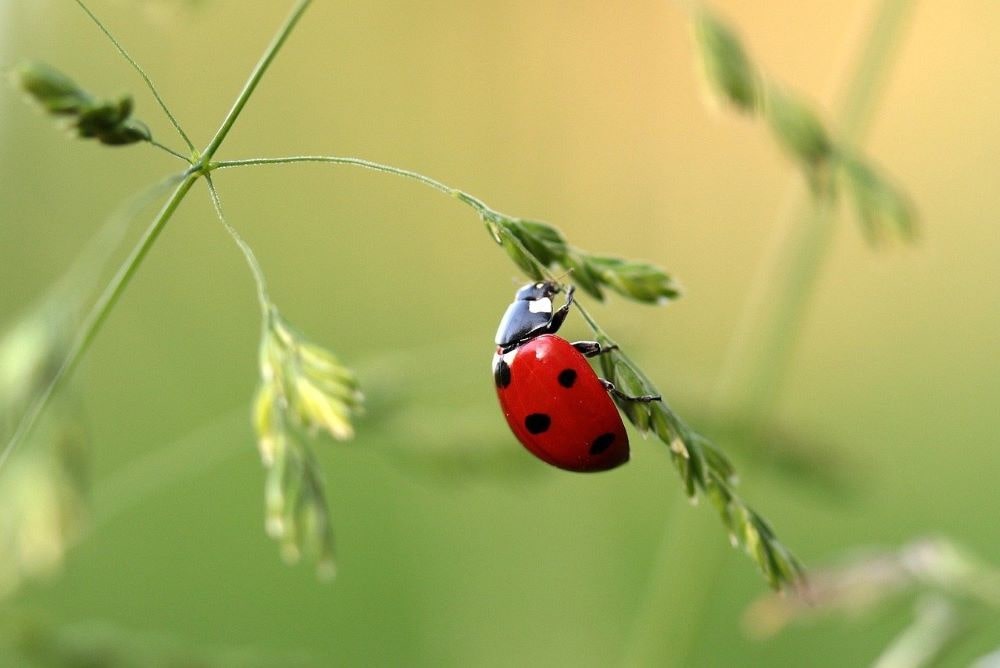Test your fear of insects and spiders
Fear of insects (entomophobia) and spiders (arachnophobia) is extremely common in the population. Whether it’s their instinctively repulsive forms or the disturbing thoughts they bring to mind, the little beasts cause a lot of concern. But is it a phobia for you? The information and questionnaire below should help you to clarify this question.
It is important to note that the information and questionnaire below apply to the fear of insects as well as spiders!

1. What is the phobia of insects and spiders?
It is important to differentiate between fear and phobia. Fear is a normal emotion that we should not try to make disappear at all costs. It is adapted to the situation and the danger that it presents
Phobia, on the other hand, is an intense, irrational and disabling fear or one that causes significant distress to the person suffering from it. It will spill over into several areas of life and have an impact on many behaviors, including avoidance.
In phobia, emotion is not the only thing that is out of proportion. Physical and physiological reactions can be as well. Irrational flight, hyperventilation and panic attacks can be common elements of advanced phobias. Beliefs about the phobogenic object (in this case insects or spiders) can also be completely irrational but impossible to deconstruct, even when one is aware of their absurdity.
2. How does insect phobia develop?
A phobia of insects or spiders can develop in many ways over a lifetime. It is usually a combination of factors that accumulate and lead to the phobia.
The first factor, one of the most common, is a shocking or traumatic event. Often during childhood, a first situation will have caused a great fear. At an age when learning is very easy, insects or spiders will have been associated with danger and fear and avoided afterwards, reinforcing the situation.
Avoidance, therefore, is the second factor in the development and reinforcement of phobias. When you avoid a situation that worries you, your brain understands that the situation was indeed dangerous and that this escape saved you. The fear is reinforced and so is the escape behavior, leading to faster and more intense escape behavior in the future.
The environment is also a source of phobias. We all unconsciously put in place a form of social learning called vicarious learning. This learning, which is particularly present during childhood, is based on the behaviours and reactions of others in order to form our own behaviours and reactions.
When someone close to us has an anxious nature, it can facilitate the development of an anxious nature. And if, in addition, that person has a phobia of insects or spiders, he or she may pass it on to us by exhibiting his or her own intense fear reactions, escape behaviors, and dysfunctional beliefs about insects and spiders.
3. What are the symptoms of insect phobia?
The first symptom of this phobia is an intense and disproportionate fear of insects or spiders. The images can also generate a lot of discomfort and imagining face to face situations with these animals can be enough to generate high levels of anxiety.
Intense fear will be accompanied by related physical symptoms such as increased heart rate, sweating, dizziness, muscle weakness, and hyperventilation.
These physical signs can be very intense and particularly unpleasant, giving the impression of losing control of the situation and one’s body.
The association between intense fear and unpleasant physical symptoms will lead to the third representative symptom of phobia: avoidance.
A phobic person will seek to avoid at all costs situations where they might encounter the object of their fear. Entomophobic and arachnophobic people are very often at high levels of vigilance, constantly monitoring their surroundings to make sure they are not in the presence of insects or spiders. This can lead to physical and mental exhaustion.
4. How to treat insect phobia?
The first method of treating phobias is to get out of avoidance and confront one’s fear.
This method, called exposure, is generally implemented within the framework of a cognitive and behavioral therapy. Accompanied by a psychologist, and in a progressive manner, exposing oneself to the source of one’s phobia allows one to create a habituation effect and to extinguish the fear.
If the idea of exposure in real life is holding you back, you should know that virtual reality is an innovative therapeutic option with scientifically proven effectiveness. It makes it easier to start exposures by activating the same brain areas as in real life.
Hypnosis is also, in some cases, an effective tool for treating phobias. This method does not work for everyone, but for people who are sensitive to it, it can be a good method to extinguish the association between insects and spiders and the fear felt.
In the same way, EMDR can also be a therapeutic solution for people who are sensitive to it.
It is important to keep in mind that phobia is a learned reaction reinforced by avoidance. The thoughts that accompany the fear are built up over a lifetime and it is also necessary to work on these thoughts even when the physiological reaction is off, which can be done through cognitive therapy, for example.

